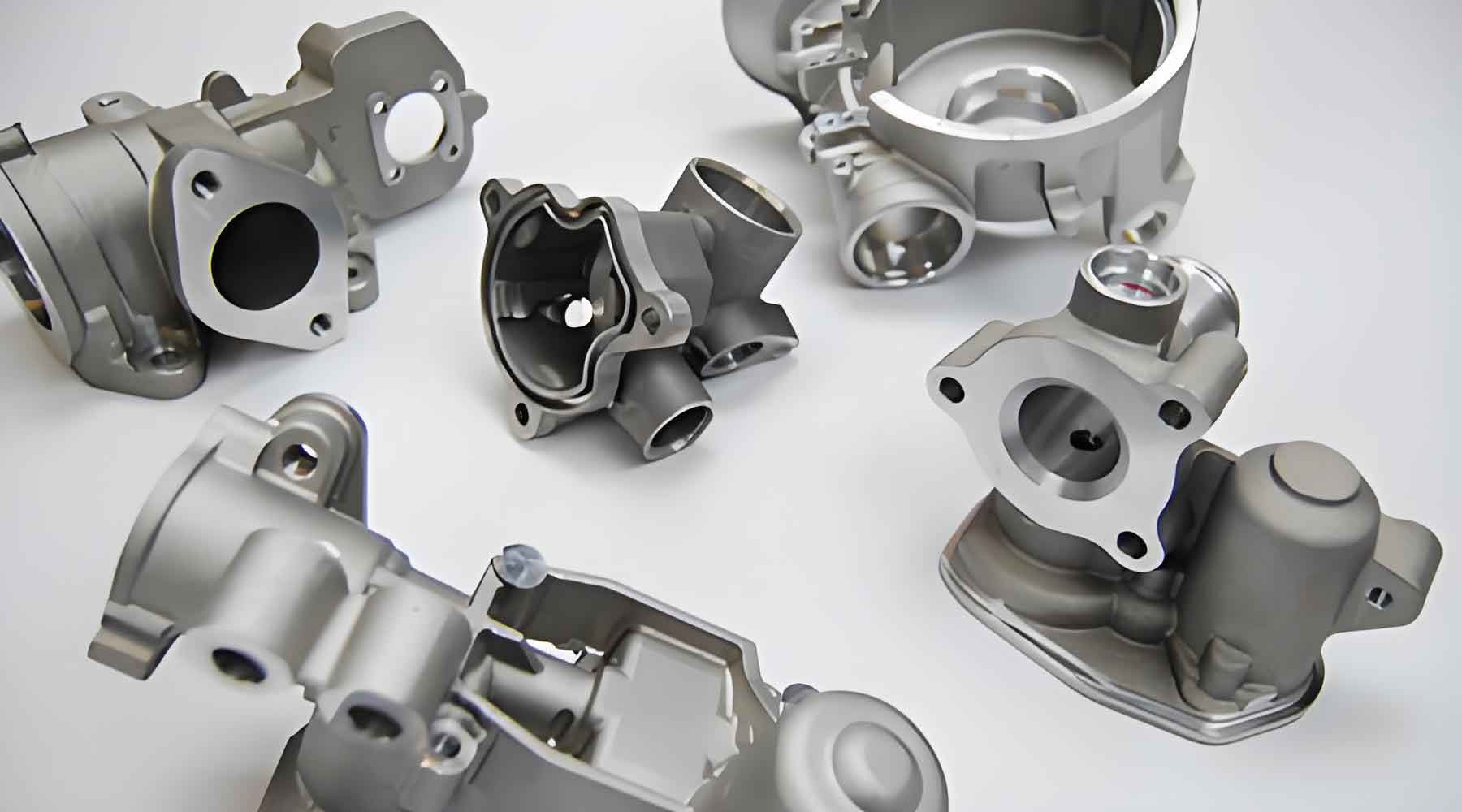
Precision investment casting is widely employed for manufacturing complex components like industrial lifting arms due to its ability to produce high-dimensional accuracy and surface finish. This study focuses on optimizing the casting process of a ZG0Cr18Ni9Ti stainless steel lifting arm with dimensions 70 mm × 45 mm × 57 mm and average wall thickness of 6 mm, addressing shrinkage defects through systematic numerical analysis and experimental validation.
1. Structural Analysis and Initial Process Design
The lifting arm consists of three functional sections: U-shaped working claws, threaded connection holes, and stepped shafts. The initial gating system design followed a top-pouring configuration with one sprue, six runners, and six in-gates arranged symmetrically. The 3D finite element model containing 34,928 nodes and 249,485 elements was established using ProCAST software.
| Element | C | Mn | Si | Cr | Ni | Ti | P | S |
|---|---|---|---|---|---|---|---|---|
| Content (%) | ≤0.08 | 0.8-2.0 | ≤1.5 | 17.0-20.0 | 8.0-11.0 | 0.3-0.7 | ≤0.045 | ≤0.030 |
The critical process parameters for precision investment casting were calculated using the Kargin formula:
$$ v = \frac{h}{\delta \sqrt{T}} $$
where \( v \) = pouring speed (cm/s), \( h \) = casting height (cm), \( δ \) = wall thickness (cm), and \( T \) = pouring temperature (°C). Initial parameters included:
- Shell preheating temperature: 1,000°C
- Pouring temperature: 1,530°C
- Pouring speed: 350 mm/s
2. Numerical Simulation and Defect Analysis
ProCAST simulations revealed significant shrinkage porosity (>10% volumetric fraction) at junctions between stepped shafts and U-claws. The solidification sequence analysis showed premature freezing at structural intersections, blocking liquid metal feeding paths. Initial process results indicated:
| Parameter | Filling Time | Solidification Time | Shrinkage Rate |
|---|---|---|---|
| Value | 3.9 s | 778 s | 12.45% |
3. Gating System Optimization
Two modified designs were proposed for precision investment casting improvement:
- Scheme A: Added exhaust vents at thermal junctions
- Scheme B: Implemented supplementary feeders and enlarged runner diameters
Comparative simulation results demonstrated:
| Scheme | Shrinkage Rate | Improvement |
|---|---|---|
| Initial | 12.45% | – |
| A | 10.21% | 18.0% |
| B | 2.92% | 76.5% |
4. Process Parameter Optimization
An orthogonal experiment (L9 array) evaluated three critical factors in precision investment casting:
| Level | A: Pouring Temp. (°C) | B: Pouring Speed (mm/s) | C: Shell Preheat (°C) |
|---|---|---|---|
| 1 | 1,500 | 350 | 1,000 |
| 2 | 1,530 | 450 | 1,050 |
| 3 | 1,550 | 550 | 1,100 |
The shrinkage rate (\( S_r \)) was calculated using:
$$ S_r = \sum_{i=1}^{n} (V_{porosity_i}/V_{casting}) × 100\% $$
Experimental results and range analysis revealed:
| Test | A | B | C | \( S_r \) |
|---|---|---|---|---|
| L1 | 1 | 1 | 1 | 1.25% |
| L2 | 1 | 2 | 2 | 1.15% |
| L3 | 1 | 3 | 3 | 1.32% |
| L4 | 2 | 1 | 2 | 1.26% |
| L5 | 2 | 2 | 3 | 1.29% |
| L6 | 2 | 3 | 1 | 1.23% |
| L7 | 3 | 1 | 3 | 1.32% |
| L8 | 3 | 2 | 1 | 1.28% |
| L9 | 3 | 3 | 2 | 1.28% |
Range analysis determined optimal parameters as A1B2C2:
- Shell preheating: 1,050°C
- Pouring temperature: 1,500°C
- Pouring speed: 450 mm/s
5. Validation and Industrial Application
The optimized precision investment casting process reduced shrinkage defects by 89.7% compared with initial conditions. Production trials confirmed:
| Metric | Initial | Optimized |
|---|---|---|
| Defect Rate | 15.2% | 1.6% |
| Yield Improvement | – | 32.5% |
| Cycle Time | 45 min | 38 min |
This systematic approach demonstrates the effectiveness of combining numerical simulation with orthogonal experiments in precision investment casting optimization, providing valuable insights for complex thin-walled component manufacturing.
